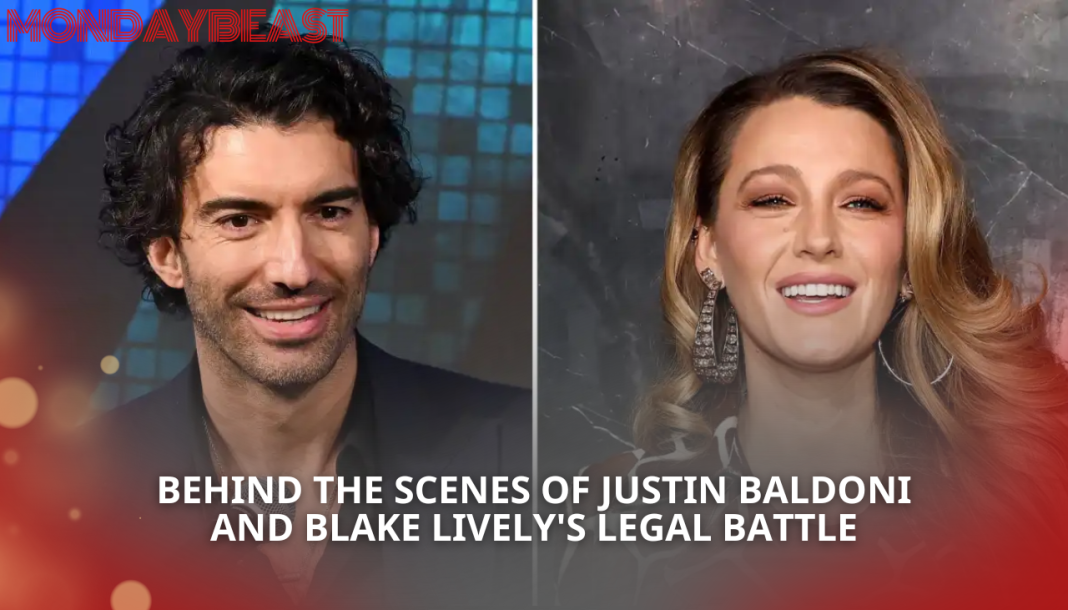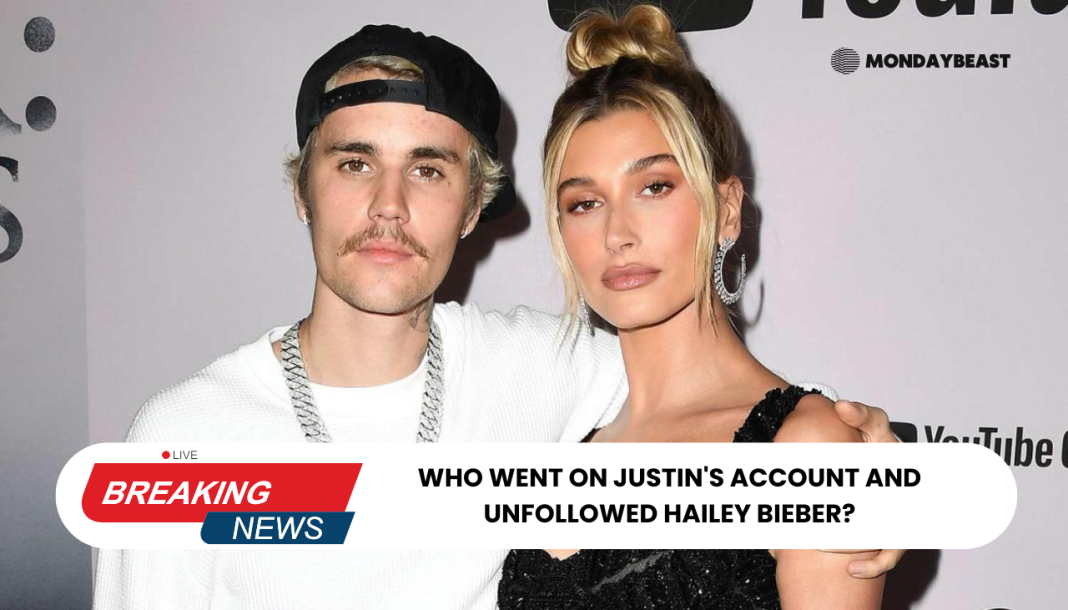Understanding the Controversy
The unfolding drama between Justin Baldoni and Blake Lively has grabbed headlines. We’re talking about serious allegations in an environment that should feel safe—on set. With both actors intimately connected in the film ‘It Ends with Us,’ their conflict raises questions. How did this happen?
In December, Lively filed a complaint against Baldoni. She claimed he violated filming protocols and behaved inappropriately during intimate scenes. Such allegations are profound, affecting careers and lives. For many, it sparks a familiarity with workplace harassment. Is it what we expect in Hollywood today?

Baldoni’s team has responded by releasing footage from the set. This nearly ten-minute clip shows Lively and Baldoni slow dancing. Both actors seem comfortable, even playful. Yet, the context makes it complicated. It’s hard not to ask: can footage ever tell the whole truth?
The Released Footage
The behind-the-scenes video displays three takes of a romantic slow dance. Baldoni leans into Lively, joking about their experiences. He playfully adjusts his beard, asking if it’s bothering her. Lively laughs off the commentary, even discussing her spray tan.
These segments, however, sit at a crossroads of perception. Baldoni’s legal team claims this shows professionalism and mutual respect. This perspective contrasts sharply with Lively’s complaints. It’s the classic tale of he said, she said, raising eyebrows and questions.

Lively’s attorneys have characterized the footage as a stunt. They argue it misrepresents what happened on set. The tension palpable in these moments can’t escape scrutiny. Is this battle merely a glimpse into deeper issues in Hollywood?
Legal Repercussions
Both actors have launched lawsuits since the new year. These filings echo allegations of misconduct and retaliation. Lively claims Baldoni acted inappropriately, both on and off set. The overshadowing question remains: how do we define boundaries in such intimate environments?
Baldoni, as the director, finds himself more deeply enmeshed. His role complicates matters, as he holds significant power. Sensing an unjust smear campaign, he filed a $250 million lawsuit, challenging media narratives. What does this mean for future Hollywood productions?

This situation highlights systemic issues. It begs us to consider how industry norms evolve. Too often, people in power take liberties, obscuring consent. The actors’ plights resonate with many. Could this mark a change for Hollywood’s treatment of its stars?
Navigating Public Perception
Public opinion can sway the tide in lawsuits of this nature. Social media amplifies voices, allowing instant commentary. The controversies surrounding both actors reveal broader societal issues. How do we find truth within layers of conflicting narratives?
As viewers, we enjoy the entertainment but bear witness to the fallout. The question becomes, who gets to shape this narrative? Fans and insiders alike are left navigating their beliefs amid a media frenzy. Here’s a personal thought: it feels unsettling. How are we meant to discern fact from fiction amidst all this?
The Bigger Picture
Ultimately, this is about more than just two celebrities. It’s about a cultural reckoning in an industry often slow to change. Lively’s experiences reflect challenges faced by many women in cinema. Does this case inspire others to share their own stories?
In an industry marked by powerful figures and hidden ecosystems, transparency becomes vital. As we observe, we can’t ignore the lessons hidden beneath the surface. It’s more than entertainment; it’s a call for safety, respect, and accountability.
This unfolding saga hits home for many. The intricate dynamics of trust, power, and consent resonate beyond just a stage. Will this controversy usher in changes needed for a safer environment?
Baldoni and Lively’s legal battle remains ongoing, growing in complexity. For many, it symbolizes the painful, often messy crossroads between personal experiences and professional lives. The louder this narrative grows, the harder it is to ignore its implications. Will those who have faced similar situations find empowerment in this very public struggle?




